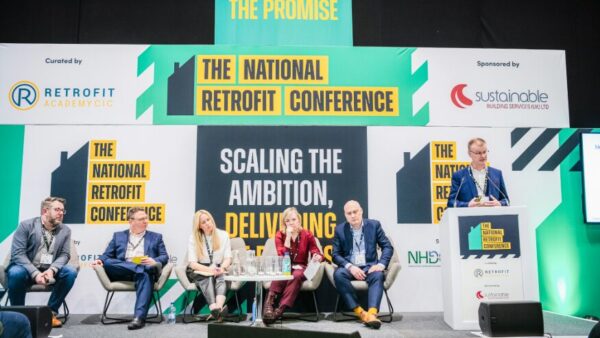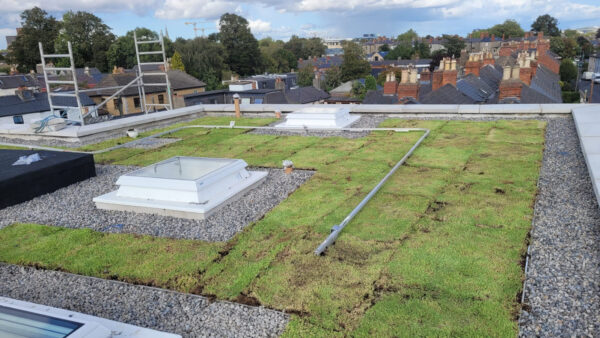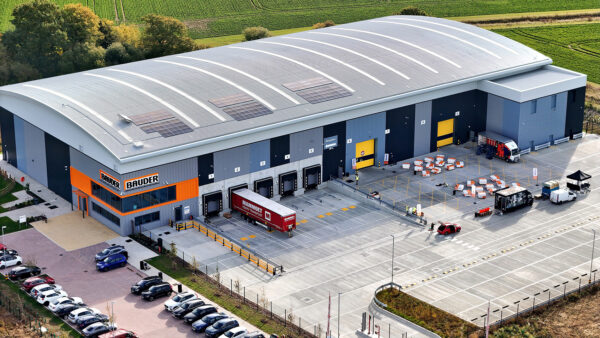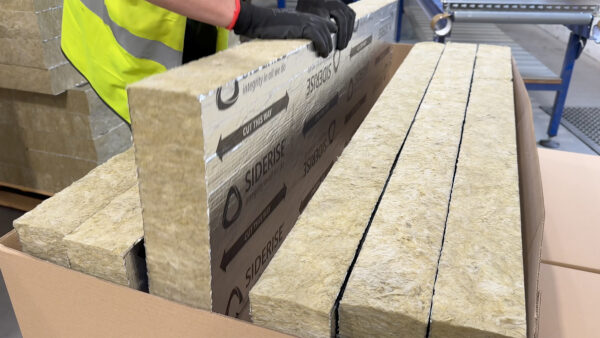With the risk of flooding mounting across the UK, sustainable drainage systems look set to be a key component in tackling the nation’s excess water problem

Floods are now occurring four times more frequently than they did in the 1980s, according to the European Academies’ Science Advisory Council. Meanwhile the Environment Agency states that 2.8 million UK properties are now at risk of surface water flooding alone. With weather expected to worsen in the coming years, it’s becoming clear that sustainable drainage solutions (SuDS) will be key in tackling the UK’s urgent drainage problem.
What are SuDS?
SuDS work by providing an alternative to the direct channelling of surface water through networks of pipes and sewers to nearby watercourses. They are specialist drainage systems designed to mimic nature, collecting and managing stormwater at source, allowing it to be released back into the environment at a reduced rate.
There are many different kinds of SuDS available. ‘Soft’ SuDS, for example, use green landscaping, such as swales and soakaways to manage water within a site. Soft SuDS are ideal for holding back water for later release, but can take up considerable space, often limiting their viability.
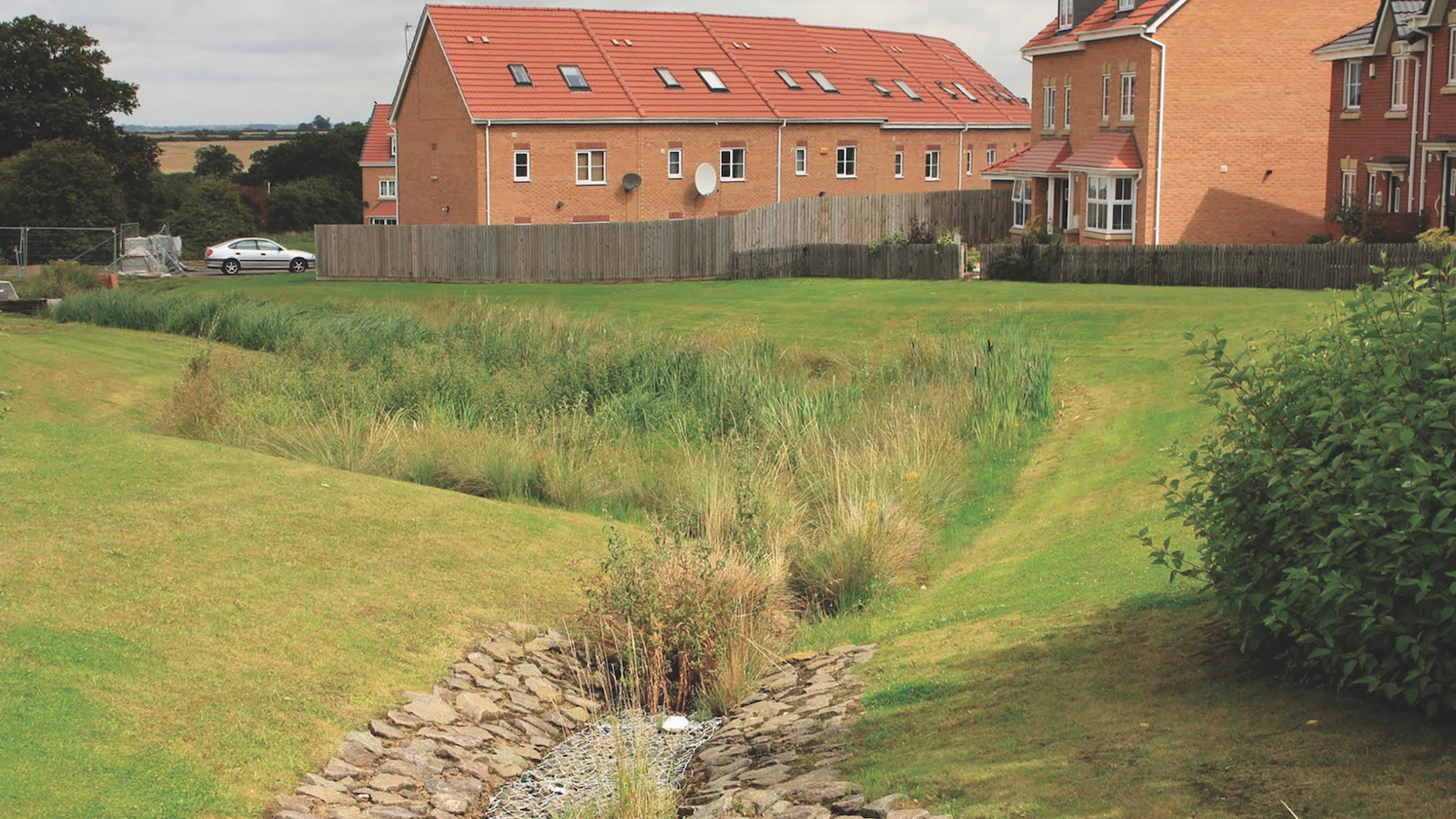
On projects with restricted space and urban developments, like towns and cities, ‘hard’ or ‘engineered’ SuDS components can work in tandem with the surface-based solutions.
These components often consist of tanks that are buried underground and are capable of supplementing the water storage potential offered by the surface systems, without taking up valuable (and often simply unavailable) room on the surface.
“SuDS can help significantly reduce the risk of flooding. Not only that, but elements
such as air quality, biodiversity and water quality can also be improved”
Collected stormwater is directed through the landscaped components and into the tanks and then released back into the surrounding soils through infiltration, collected for reuse or released at a controlled rate into the drainage network or local watercourse.
SuDS can help significantly reduce the risk of flooding. Not only that, but elements such as air quality, biodiversity and water quality can also be improved, as well as the systems creating community amenity. They achieve this by lowering flow rates, increasing water storage capacity and reducing the transport of pollution to the water environment.
Prevention vs cure
When it comes to flooding, the ‘prevention vs cure’ conversation can be traced back to the Pitt Review published in 2008, which examined the widespread flooding in England in June and July 2007.
A total of 55,000 properties were flooded. Some 7,000 people had to be rescued and 13 people died, with the flood causing over £3bn worth of damage. The report into the catastrophe led to the Flood and Water Management Act 2010, which mandated that flooding shouldn’t just be something to accept and react to, but something for which measures should be put in place to prevent.
Waves of change
One major concern for contractors and developers has always been around: who is responsible for the maintenance of SuDS after construction is complete. However, the Design and Construction Guidance, which came into force in April 2020, categorised some SuDS as adoptable by water companies, meaning they will be accountable for them along with traditional foul drainage, alleviating this concern.
Ensuring a sustainable future
In recent years, there has been real progress in helping drive sustainable drainage by government bodies, manufacturers and suppliers. With the help of the Design and Construction Guidance, SuDS are no longer be seen as a special consideration but instead as an integral and standardised component of building projects.
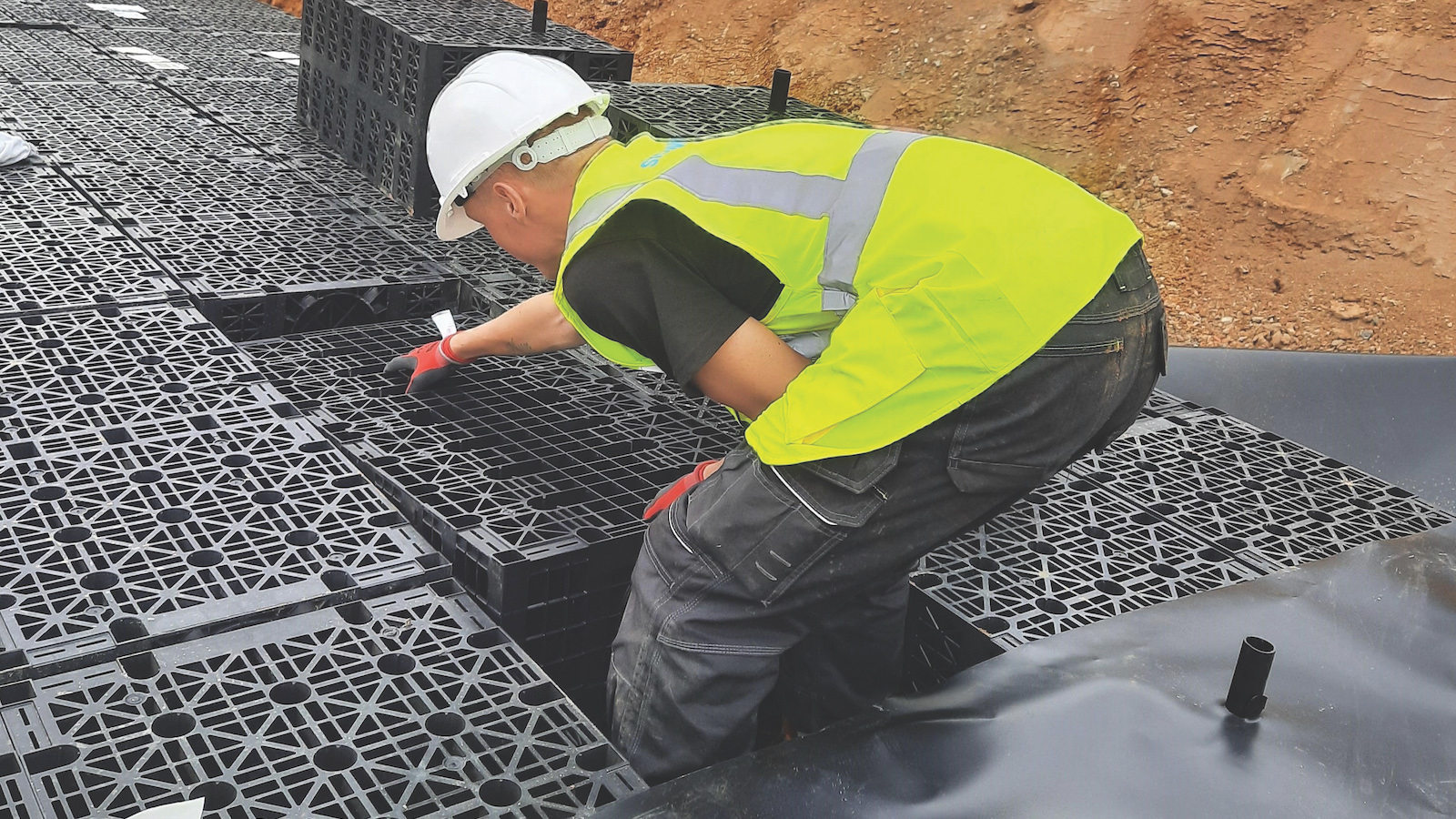
Sustainable drainage in action: Hatfield station
Measures were put in place to protect against storm flooding disruption to rail travel
Hatfield railway station is a busy commuter hub, with two regular services into the capital each day and direct links as far as Cambridge.
Over the last few years, the station has undergone a huge refurbishment costing over £9m. Part of this included improvements to infrastructure and the construction of a large multi-storey car park. When such big structural changes are made to a site, one of the biggest and often overlooked issues is possible surface water flooding caused by ineffective drainage systems.
Keeping people moving
With so many people relying on the smooth operation of Hatfield station every day, it was important that improvements didn’t pose any long-term risks to train services, and this included possible disruption from unexpected flooding due to excess rainwater.
Flooding, especially in urban areas, is a growing problem amid the impact of climate change. The UK is experiencing more rainfall than ever before, with winters becoming 12% wetter in the last decade alone.
Nationwide Engineering, the engineering consultant managing the project, needed a holistic, bespoke and effective surface water drainage system that was not only intelligently designed, but would also be installed in an efficient and reliable manner.
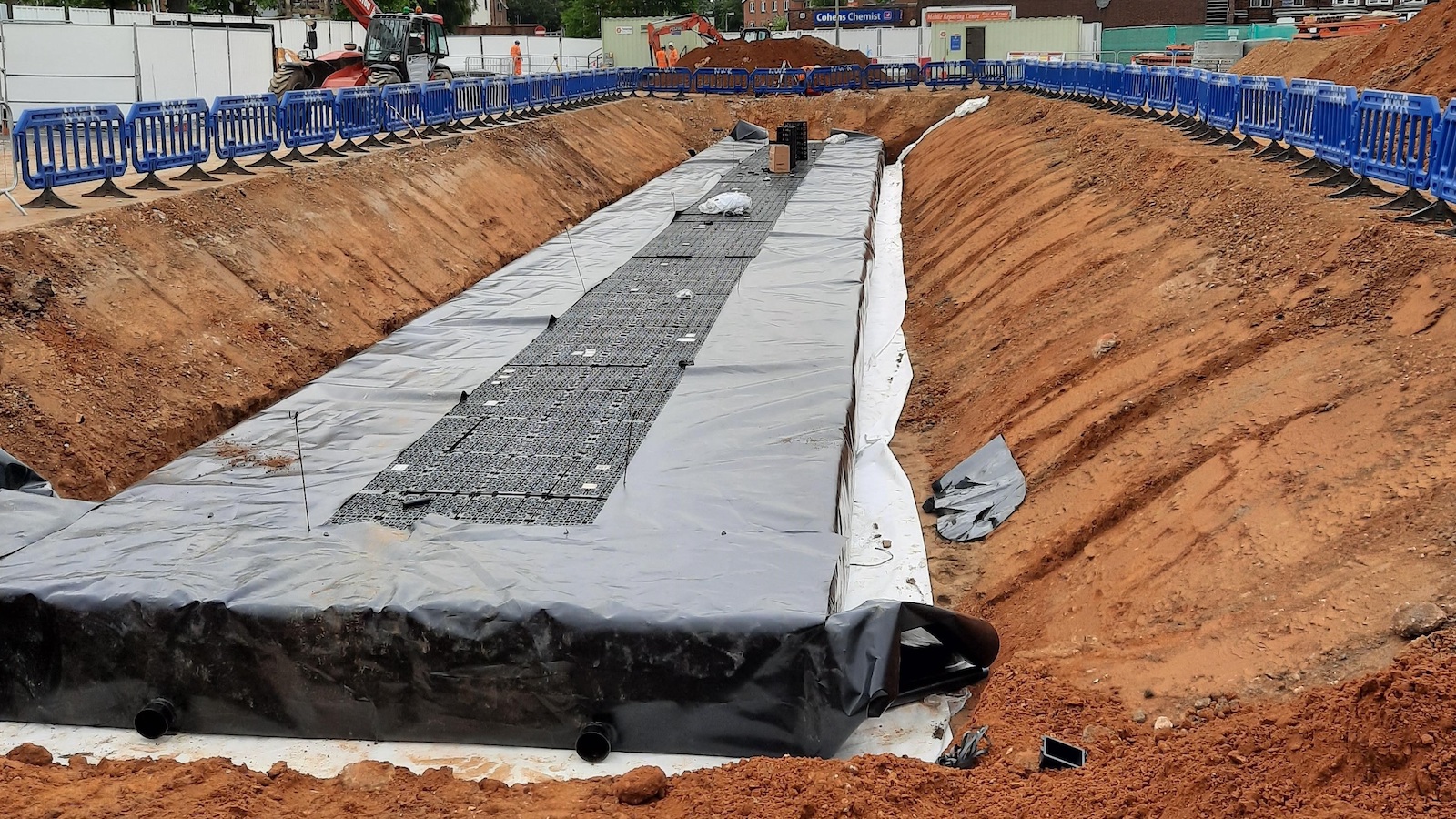
Wavin’s StormForce service brings the entire process of implementing stormwater management systems under one roof, with Wavin handling the design, supply and installation of SuDS from start to finish, including a five-year warranty post-completion.
The StormForce design team quickly identified that Hatfield station needed a solution with a below-ground attenuation tank. These systems are able to store large amounts of water and release it at a controlled rate, helping to prevent flash flooding and keep everything moving above the surface.
Quick and easy installation
By using StormForce merchant partner Keyline, the StormForce installation team was able to complete the entire installation in just two days, keeping disruption to a minimum.
Stewart McKechnie, site agent for Nationwide Engineering, said: “Our source supply and surface water management are totally sorted, so we can get on with the rest of the build.
The service was fast, compliant, sustainable and top quality.”
For more information about Stormwater solutions from Wavin visit www.wavin.co.uk/stormwater.
This article was created by CM in partnership with Wavin.


